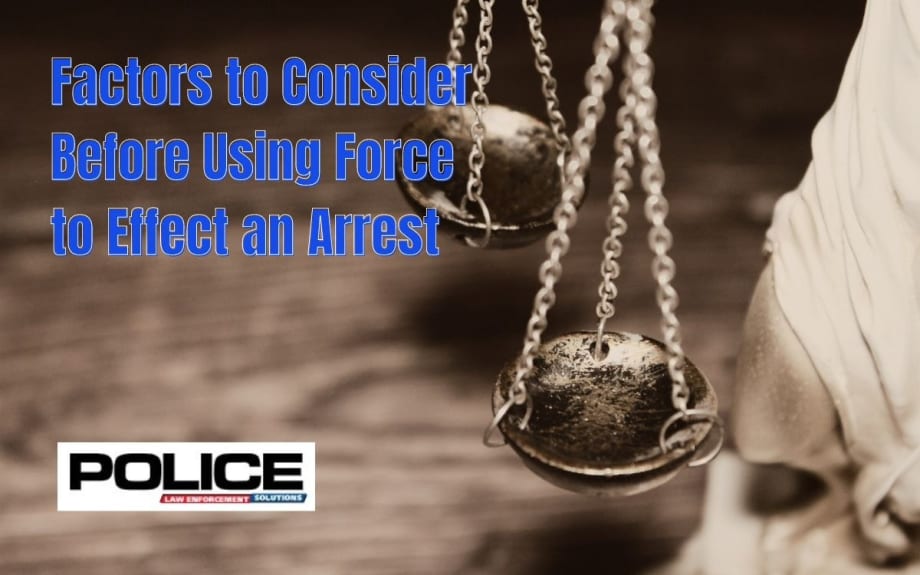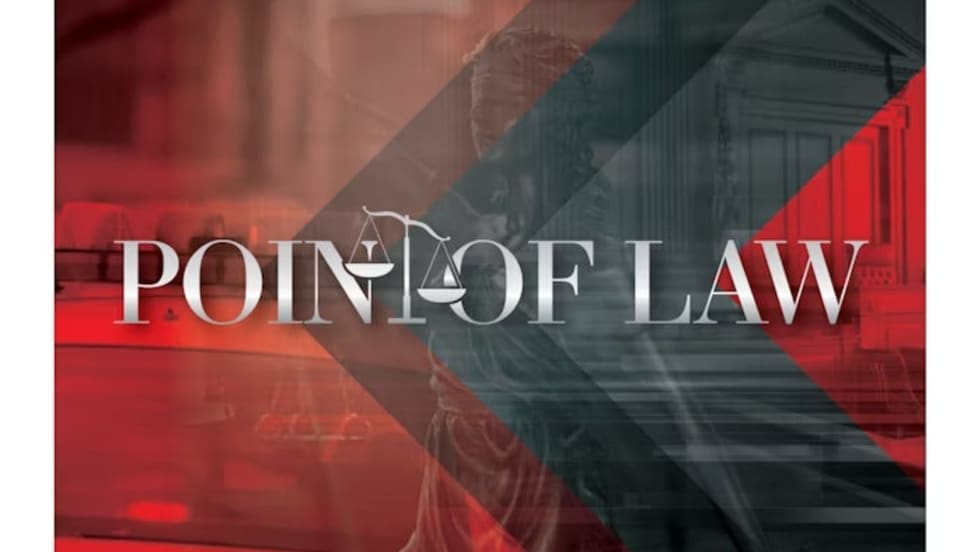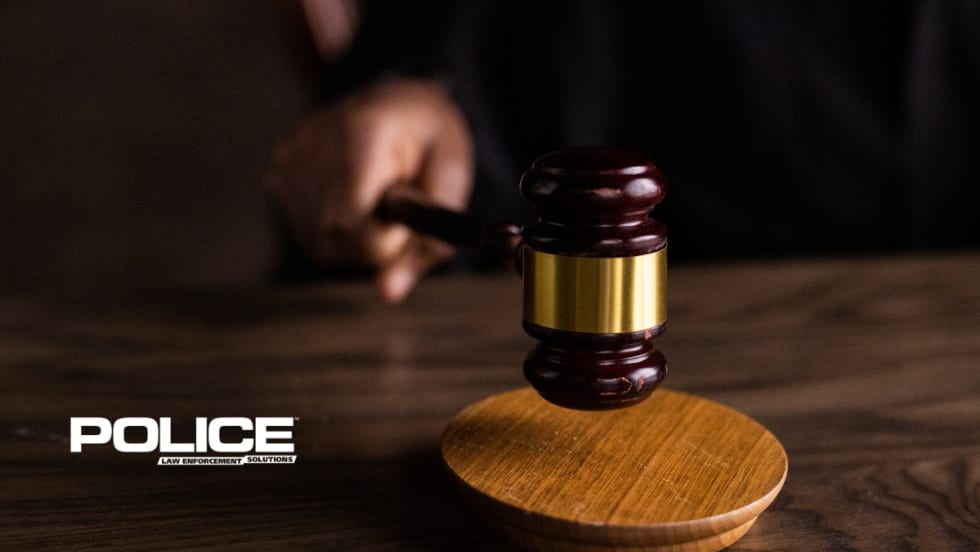Although an officer may have the “right” to arrest a traffic violator who refuses to sign the citation there may not be a need to do so. Having served eight years as a police officer, I understand the frustration officers experience when traffic violators and misdemeanor suspects refuse to sign citations. However, in this political climate, officers must control their emotions and ask themselves, “is this the best avenue to take over a minor offense?”
In situations where arrest is not necessary, like the traffic violator refusing to sign the citation, why not hand the violator his driver’s license, let him know he is free to go, and that the court will be sending him a summons ordering him to appear? As tempting as it to use force to arrest an arrogant traffic violator or other low-level misdemeanor suspect, it would be a better decision to de-escalate the situation and let the court summons the violator to court to answer the charge.
The same analysis should be employed in police chase protocols. Most police chases begin with traffic violations and non-violent misdemeanor criminal offenses. Police chiefs and command officers must consider the high potential for grave outcomes in these chase situations, many of which end in death and catastrophic injuries to innocent civilians.
If we know the identity of a low-level criminal suspect who flees, it may be most prudent and reasonable to let them go. Save the police chases for serious felony cases involving imminent danger to officers and the public. Charges can be filed, and courts will summon these offenders to appear. Handling these minor offenses will avoid dangerous high-speed chases, high-speed crashes, and claims of excessive force. Implementing strong police chase policies will reduce the risk of excessive force complaints and wrongful death lawsuits.
This same mindset must be applied when developing and implementing use-of-force policies. If we embrace and use the factors the Supreme Court applied in Graham v. Connor, we can greatly reduce the risk of injuries to officers, injuries to suspects, and avoid costly lawsuits against officers and their police departments:







